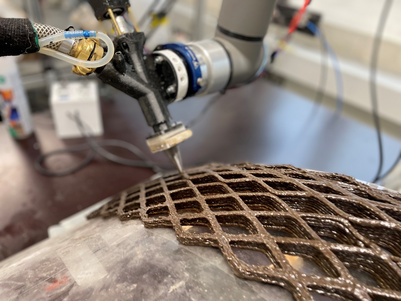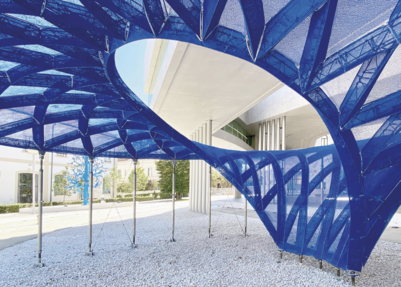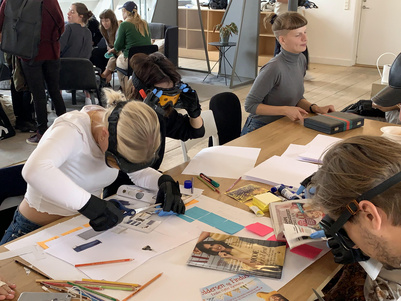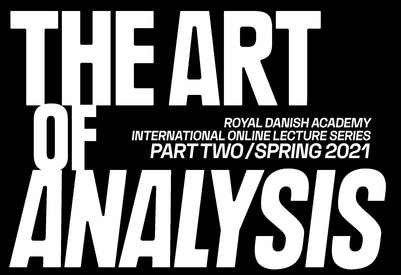The Royal Danish Academy and DTU join forces for a sustainable future
The Technical University of Denmark (DTU) and the Royal Danish Academy are embarking on strategic educational collaboration in which artistic and technological skill sets will serve as reciprocal sources of inspiration to promote innovation for sustainable transformation.
From now on, DTU and the Royal Danish Academy will intensify their collaboration across their respective fields of expertise to create innovative approaches to the major societal challenges we currently face.
Therefore, they are entering into a formal cooperation agreement in the areas where design, architecture, conservation, the natural sciences and technology converge to assist in the development of new knowledge and methods that will enable students to engage in the interdisciplinary contexts they typically encounter after graduation.
Interdisciplinary collaboration leads to innovative solutions
The collaboration will involve joint study projects, entrepreneurship and innovation processes, research projects and other activities, and will build on existing examples of joint projects between the institutions.
A graduate of the Royal Danish Academy’s design study programme has been involved with the dyeing of textiles using a new eco-friendly method based on soil bacteria developed at a DTU laboratory. In her project, she drew on DTU’s scientific knowledge to enhance her sensory understanding of textiles and dyeing techniques in cooperation with a commercial undertaking.


Another example is a student project developed by an architecture student at the Royal Danish Academy and two DTU engineering students, who won an international competition on how to use 3D printing to design more sustainable buildings using less concrete and more organic materials, and shortening the production time in the process.

Technology that is attractive to people
The heads of the two institutions look forward to collaborating, and they emphasise the vast potential of interdisciplinary cooperation.
“I’m convinced that we must join forces to overcome some of the biggest challenges facing the world right now,” says Anders Overgaard Bjarklev, President of DTU. “Denmark's knowledge institutions play a crucial role in society today, but we can and must be even better at widening our collaboration across our respective fields of expertise. I look forward to following the results of this new collaboration.”
“I’m delighted to be entering into close, formal collaboration with DTU involving both educational and research activities,” says Lene Dammand Lund, Rector of the Royal Danish Academy. “The society of the future must develop sustainable solutions based on the latest technological knowledge, while making the technology attractive to people and enhancing their quality of life at the same time. This is where our respective fields of expertise have a lot to offer each another.”






